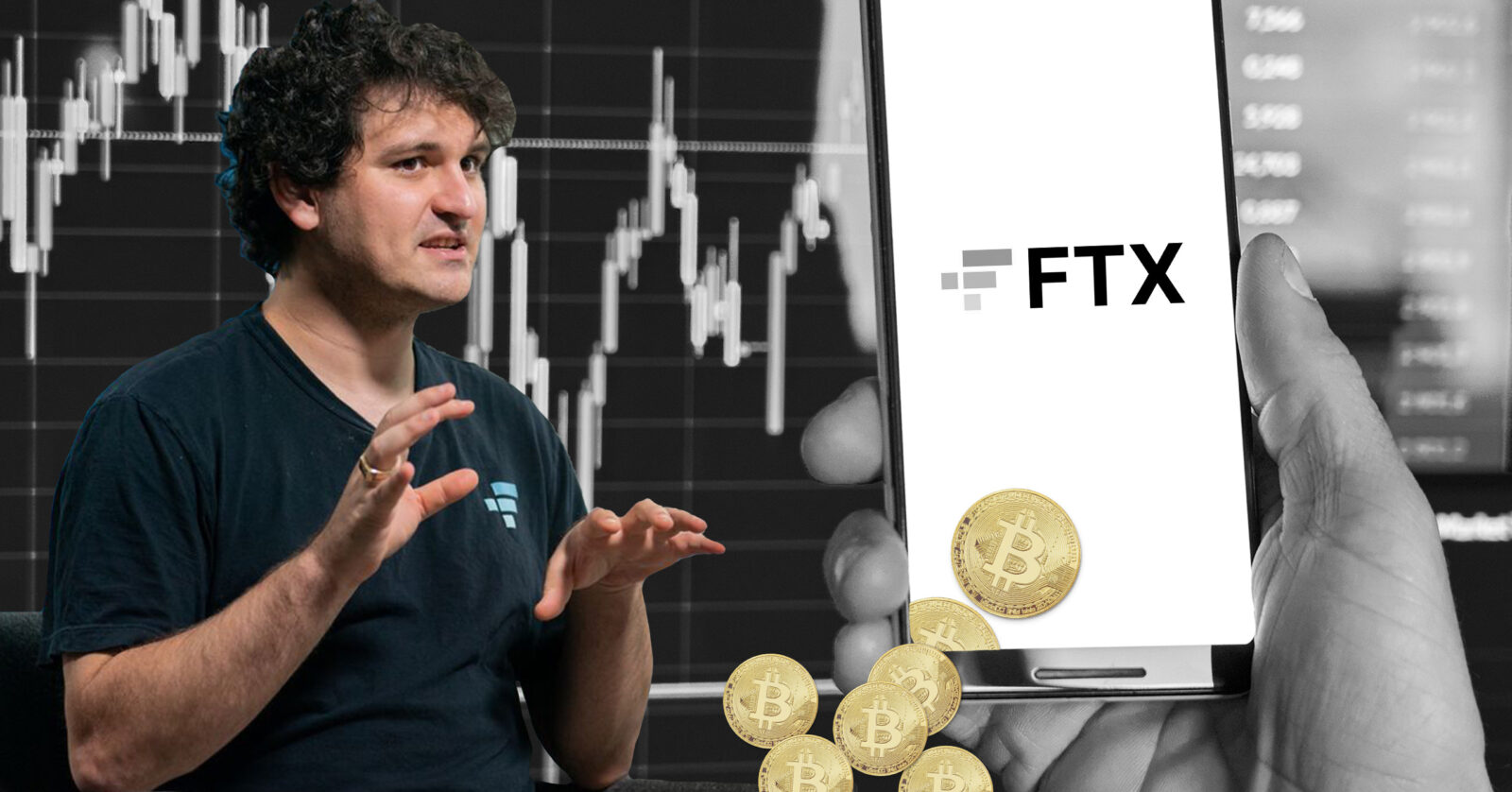What You Need to Know About the Ongoing Fallout of the FTX Collapse

As the fallout of the FTX collapse continues, we put together a short guide to keep you up to speed on the bankruptcy that has shaken cryptocurrency markets.
November 11, 2022, was not a good day for cryptocurrency, as Bahamas-based cryptocurrency exchange FTX filed for Chapter 11 bankruptcy. As a result, founder and former CEO Sam Bankman-Fried’s $16 billion net worth crashed to near zero and the crypto market itself lost billions.
As the cryptocurrency market continues to deal with the fallout of the FTX collapse, here’s what we know about FTX, its CEO, and the events that led to its downfall.
FTX and Sam Bankman-Fried
FTX Trading Ltd. is a cryptocurrency exchange company based in The Bahamas. It was founded in 2019 by former CEO Sam Bankman-Fried and Zixiao “Gary” Wang. Bankman-Fried was only 28 years old when the cryptocurrency exchange was launched.
Last year, FTX declared that it had over one million users. What’s more, its trading volume averaged $10 billion per day! Its valuation also rose to $18 billion in July 2021, thanks to a $900 million funding round.
FTX was considered the third-largest cryptocurrency exchange in the world—that is, until its collapse.
The Events Leading to the Bankruptcy Filing
It all began on November 2 when CoinDesk published a report based on a leaked balance sheet belonging to Alameda Research, a trading firm owned by Bankman-Fried. According to Investopedia, the report revealed that “Alameda Research, the quant trading firm also run by Bankman-Fried, held a position worth $5 billion in FTT—the native token of FTX.”
Moreover, the report added that Alameda’s investment foundation was in FTT instead of another cryptocurrency or fiat currency. This led to growing concerns throughout the cryptocurrency market.
Four days after the story broke, Binance, the world’s largest cryptocurrency exchange, announced its intention to sell all of its FTT holdings—worth around $529 million. And just a day later, FTX ended up in a liquidity crisis.
Binance appeared to be the hero—saving FTX from its woes when it announced on November 8 that it was purchasing FTX for an undisclosed sum. That agreement, however, was short-lived as Binance backed out the next day.
Adding to FTX’s troubles, regulators in the United States, particularly the Securities and Exchange Commission (SEC) and Commodity Futures Trading Commission, announced that they were investigating allegations that the company mishandled customer funds.
Trouble also brewed in the Bahamas as regulators froze assets belonging to FTX’s subsidiary, FTX Digital Markets. And on November 10, it was announced that Alameda Research was winding down trade.
FTX’s Bankruptcy Filing and Bankman-Fried’s Resignation
On November 11, FTX filed for Chapter 11 bankruptcy, following a surge of withdrawals by customers. Plus, Bankman-Fried resigned as the company’s CEO that very same day! He was then replaced by lawyer John J. Ray III, known by many for running the energy company Enron post-bankruptcy.
In an exclusive report published on November 14, Reuters revealed that at least $1 billion in funds from client accounts are nowhere to be found. Making things a lot worse, it was also disclosed that FTX fell victim to a hack, which drained around $600 million from FTX.
What Happens Next?
With numerous investigations being launched on the collapse of FTX, the world is closely watching as FTX and Bankman-Fried deal with the fallout.
Bankman-Fried has already declared that he will testify before the United States Congress, specifically the US House Financial Services Committee. This is expected to take place on December 13.
“Once I have finished learning and reviewing what happened, I would feel like it was my duty to appear before the committee and explain,” Bankman-Fried tweeted on his official Twitter account.
Investopedia notes that the broader consequences of the collapse “will take time to unfold,” not only for FTX and its founder but also for the cryptocurrency industry as a whole.
How This Affects the Philippines
The FTX collapse and its fallout affect not only its investors and customers but the wider cryptocurrency industry as a whole, including the Philippines. After all, FTX was the third-largest cryptocurrency exchange in the world before its collapse.
It should be noted that cryptocurrency has seen a significant rise in the Philippines. According to the Fintech Philippines Report 2022, the value of cryptocurrency transactions rose from PHP14.9 million in 2019 to PHP76 billion in 2020. Volume rose from 7.2 million in 2020 to 5.3 million the previous year.
What’s more, according to Finder, 10.9 million Filipinos own cryptocurrency and the ownership rate in the country is at 15% as of November 2022. 63% of these owners are men, and the remaining 37% are women. Per the data, 43% of cryptocurrency owners in the country are aged 18 to 34 years old. 35% are aged 35 to 54 years old bracket, while 22% are 55 years old and above.
Bitcoin, which is considered the first decentralized cryptocurrency, tops the ranking of cryptocurrency ownership percentages by coin with 5%. It is also considered the most popular cryptocurrency in the country. Ethereum follows in second place with 4%, while Dogecoin and Cardano are tied for third with 3%.
Given all these numbers, it’s safe to assume that a number of Filipinos have invested in FTX and have likely lost money on it, no thanks to its collapse. The lesson in all this? Do not put all your eggs in one basket. Invest in different areas so that you have a failsafe should things go awry.






